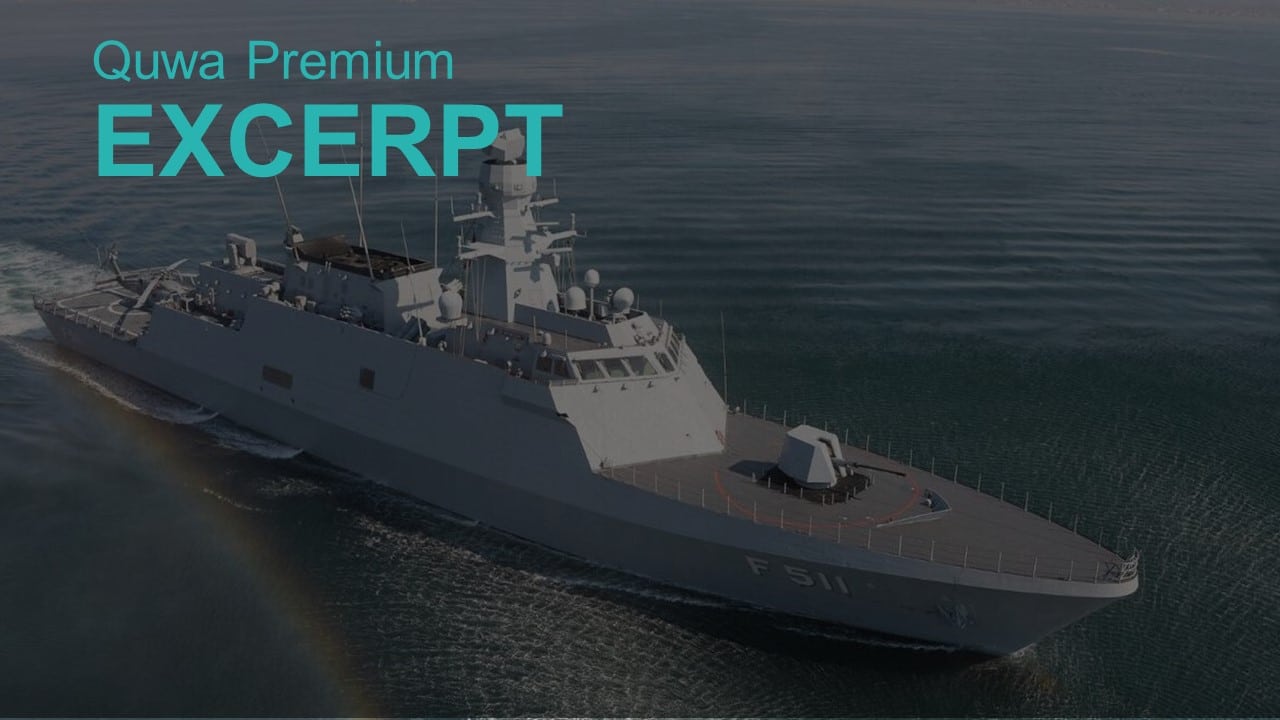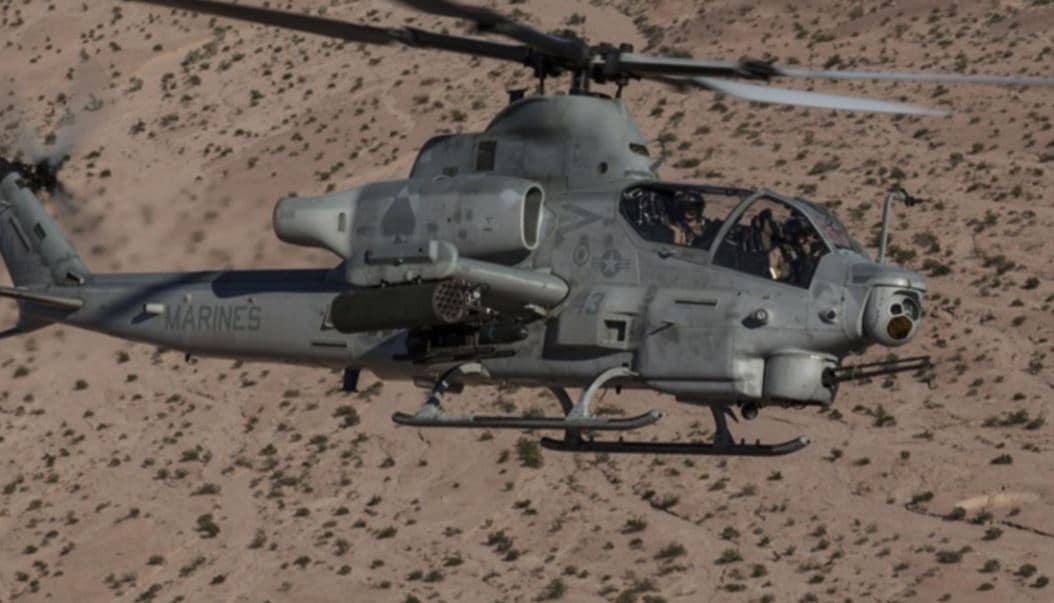5510Views

Pakistan Reportedly Negotiating for L-15 Trainers from China
The Pakistan Air Force (PAF) is reportedly speaking to the Aviation Industry Corporation of China (AVIC) for the procurement of Hongdu L-15 lead-in-fighter-trainers (LIFT). The reports emerged from the 2023 Dubai Air Show, where AVIC officials indicated that the PAF was now seeking the L-15.
PAF interest in the L-15 is not new or recent. In fact, the PAF publicly revealed that it was seeking a LIFT in 2017, following a period of testing numerous options, such as the Leonardo M-346, Aero L-159, and the Hongdu L-15, among others. In late 2018, the PAF revealed that it wanted an aircraft with an afterburning engine, multi-mode radar, and tactical data-link (TDL) system.
Being the sole option equipped with both features, the Hongdu L-15B rose as the likeliest choice, especially considering it is free of any ITAR-regulated subsystems and inputs.
During the 2018 International Defence Exhibition and Seminar (IDEAS), Quwa probed AVIC officials about the PAF’s LIFT requirements. AVIC had confirmed that it was actively promoting the L-15B to the PAF, but it was “too early” comment further at the time. It now seems that the LIFT is in the pipeline.
Though it has been five years since the PAF signalled its need for a LIFT aircraft, the PAF was also busy with other major procurement programs in the lead up to this point. The most notable of these programs was the acquisition of the AVIC J-10CE Dragon multi-role fighter, followed by the Bayraktar Akıncı drone, JF-17 Block-III, and, if an official promotional video is correct, the HQ-9 air defence system.
Background: Hongdu L-15B
The L-15B improves on the baseline L-15 platform by integrating the afterburning variant of the AI-222-25 turbofan engine, the AI-222-25F. Ukraine’s Motor-Sich later announced that it was transitioning its engine production line to the AI-322F, which is basically the AI-222-25F, but completely localized in Ukraine. The AI-322F offers a thrust of 24.5 kN (2,500 kgf) in takeoff mode, and 41.2 kN (4,200 kgf) when afterburning.
AVIC also configured the L-15B with an X-band passive electronically scanned array (PESA) radar providing a maximum range of over 75 km. The L-15B’s avionics suite comprises of a head-up display (HUD), colour multifunction displays (MFD) in both the front and rear glass cockpits, and other subsystems found multi-role combat aircraft. The flight control system leverages a fully digital three-axis fly-by-wire (FBW) system paired to a hands-on-throttle-and-stick (HOTAS) control suite.
Finally, and perhaps most notably, the L-15B is fully capable of air-to-air and air-to-surface combat. It can deploy the SD-10 beyond-visual-range (BVR) air-to-air missile (AAM), the PL-10E within-visual-range (WVR) AAM, laser-guided bombs (LGB), precision-guided bombs (PGB), and rocket pods. The L-15B can even use a targeting pod and, alternatively, carry an electronic countermeasures (ECM) pod. With a combat radius of 500 km, the L-15B can serve as a functional multirole fighter.
Currently, the United Arab Emirates (UAE) has emerged as the largest overseas buyer of the L-15, with an order of 12 aircraft and an option for 36 additional units. According to the Tawazun Council, which oversees the UAE’s defence procurement, the contract for the initial 12 units was priced at $440 million USD, which includes technical support equipment and infrastructure.[1]
Why is Pakistan Pursuing the L-15B?
In general, a LIFT is an aircraft designed to help acclimate new pilots on modern fighter platforms. Basically, the reasoning is that the jump between an advanced trainer (e.g., the K-8) to a frontline multi-role fighter (e.g., JF-17) might be too steep of a leap for a new pilot. Thus, a LIFT serves as a bridge by familiarizing the pilot with the physical characteristics, subsystems, and weapons of a fighter, but in a simpler environment.
The PAF did not immediately push for a LIFT. In 2015, then PAF Chief of Air Staff (CAS), Air Chief Marshal (ACM) Sohail Aman voiced that the PAF was skeptical of LIFT aircraft, mostly because the operational costs were at par with those of full-fledged fighters, like the JF-17 and F-16. Instead, the PAF planned to use the two-seat JF-17B in a LIFT-type role. Its rationale was that the K-8 should provide enough familiarization in the lead-up to the JF-17B which, in turn, would convert those new pilots into fighter aircrew.
However, by 2017, the PAF changed its tune and, instead, made acquiring a dedicated LIFT a priority. That same year, the PAF raised a new LIFT unit, designated “Shooter Squadron,” at PAF Base M.M. Alam located in Mianwali. Hilal, a publication belonging to Inter-Services Public Relations’ (ISPR), explained that the new unit was responsible for preparing pilots fresh off the K-8 trainer for conversion to the F-16 and JF-17…
End of Excerpt (771/1,522 words)
You can read the complete article by logging in (click here) or subscribing to Quwa Premium (click here).
For more insights on the Pakistan Air Force:
- Analysis: Why is Pakistan Pursuing the TF-X KAAN Fighter?
- Pakistan Looks to Use Drones as Strike Assets
- The Pakistan Air Force’s Plans for this Decade
[1] Tony Osborne. “L-15 Jet Trainers Will Equip Emirati Aerobatic Team, UAE Official Confirms.”


